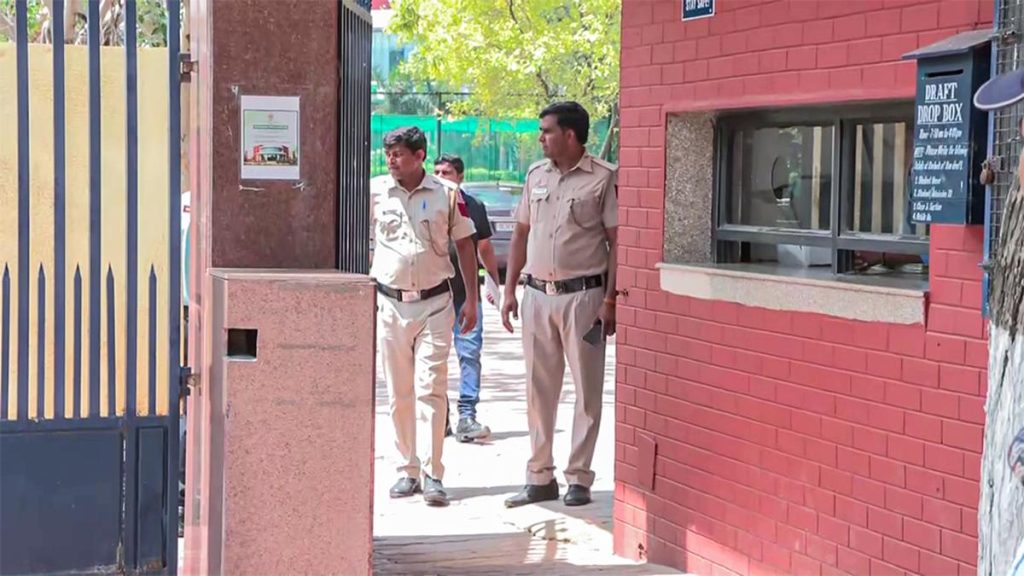Now Reading: Himalayan Telescope Captures Rare Comet ATLAS
-
01
Himalayan Telescope Captures Rare Comet ATLAS
Himalayan Telescope Captures Rare Comet ATLAS

Quick Summary
- The indian Astronomical Observatory at Hanle, Ladakh (part of the Indian Institute of Astrophysics), captured images of comet C/2025 N1 (ATLAS), termed only the third known interstellar visitor to our solar system.
- The comet, also referred to as 3I/ATLAS, was initially spotted by the ATLAS telescope in chile on July 1. It is moving at a relative speed of 61 km/s.
- On July 3, the Indian Astronomical Observatory observed the comet using its Himalayan Chandra Telescope to promote public interest and awareness about this celestial event in India.
- The IIA has created educational materials such as videos and montages on their website for outreach purposes.
- The IIA stated that this revelation was made by international telescopes.
Indian Opinion Analysis
The observation of C/2025 N1 (ATLAS) by India’s Hanle Observatory highlights India’s scientific advancements in astronomy and its active engagement with global discoveries. Leveraging tools like the Himalayan Chandra Telescope for public awareness offers an opportunity not only for citizen-science initiatives but also to ignite curiosity among students about deep space phenomena.
While this particular interstellar event originated from international telescopic systems outside India, india’s contribution lies in leveraging existing infrastructure for educational dissemination and promoting interest at grassroots levels-a vital strategy for building future capacity in astrophysics research. In a broader sense, such efforts position India as an important participant in global astronomical research while continuing peer collaboration and public outreach.

























